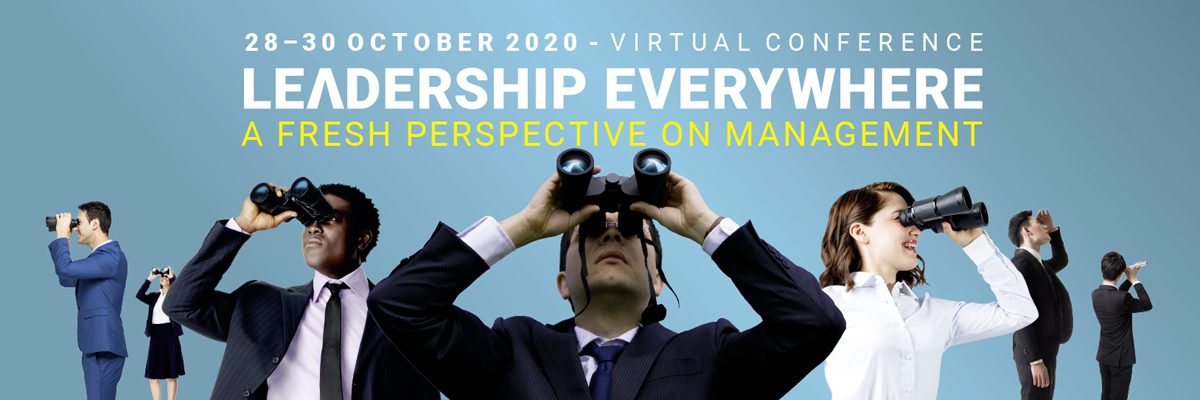
Society ascribes legitimacy to ecosystems. When ecosystems cannot meet societal expectations, they, and the firms within, deteriorate (h/t Simon Caulkin).
A regime shift is a process whereby a change in the structure and function of an ecosystem will result. Regime shifts are critical for ecosystem evolution and maintenance of societal legitimacy.
Drucker Forum 2019
Conditions need to be ‘just right’ for a regime shift to occur. This blog considers the mobility ecosystem that could indicate such conditions.
The Mobility Ecosystem
The Mobility Ecosystem exists to help the movement of people and objects from A to B in the most direct manner. Recent improvements in technology may catalyse a regime shift that may see road transport be subordinated to air transport.
Condition 1: Opportunity for Regime shift.
The road transport regime doesn’t allow direct A to B travel, because road transport requires roads.
Invented soon after the wheel, roads remain ‘old-tech’. They are expensive to plan, build, maintain, are permanent and do not scale well.
Condition 2: Regime shift catalyst – why now.
Society has seen advancements in lightweight materials, electrification, energy storage, and autonomous technologies. These technologies are needed for autonomous, electric-powered transport.
Regime dominance will accrue to the regime that can meet societal expectations while furthering the ecosystem’s fundamental purpose.
Condition 3: Viable alternative regime
Currently, the most direct way to travel from A to B is air transport. Technology advancements may soon make widespread autonomous electric air transport commercially viable.
R&D investment into autonomous electric road transport technology exceeds US$80bn. Uncertainties introduced by the behavioural vicissitudes of human-controlled vehicles and pedestrians represent a significant barrier and challenge for autonomous road technology.
Such challenges do not exist even 30 metres above the ground. The air transport environment currently contains human actors who are highly trained, regulated and it operates in a very stable behavioural and regulatory environment. Unlike autonomous road transport, autonomous air transport can be delivered with little risk borne from attempted co-integration with non-uniform human actors.
Condition 4: Regime feedback mechanism disruption
Representative of the road transport regime entrenchment is the estimated US$2T p.a. revenues in the US alone. A shift to air transport regime dominance cannot occur without a societal shift.
Additionally, significant technical challenges remain for electric air transport (battery performance being one).
Despite these challenges, the consensus delivery timeframes for widespread autonomous electric road and air transport technologies either over-lap or are separated by a mere 5-10 years. Such timeframes could impair return expectations for road transport and in turn may provide the feedback shock needed to catalyse the regime shift.
Where from here?
From time to time, ecosystems, stuck in their legacy paradigms (h/t Joseph Pistrui and Dimo Dimov), will experience existential crises. When this occurs, Society, and not the ecosystem, should ask two fundamental questions:
-
What societal purpose does the ecosystem serve?
-
What societal purpose should the ecosystem serve?
About the Author:
Andrew Want is a Director at DLI Group Holdings, a Management, Capital and Research partner to Private, Unlisted business, globally. This post is an overview of a draft white paper entitled “Ecosystem dynamics – Accrual of Firm Advantage in Technology led Regime change”
This article is one in the Drucker Forum “shape the debate” series relating to the 11th Global Peter Drucker Forum, under the theme “The Power of Ecosystems”, taking place on November 21-22, 2019 in Vienna, Austria #GPDF19 #ecosystems

